Troubleshooting Guide
Essential Care Advice for Healthy Plants
Introduction
Having plants in your home or garden can bring beauty, tranquility, and even improve air quality. However, to keep your plants healthy and thriving, it's essential to provide them with proper care and attention. Here are some essential tips to ensure your plants stay vibrant and lush.
1. Light
Plants need light to photosynthesize and grow. Place your plants in locations where they can receive adequate sunlight based on their specific light requirements. If natural light is limited, consider using grow lights to supplement.
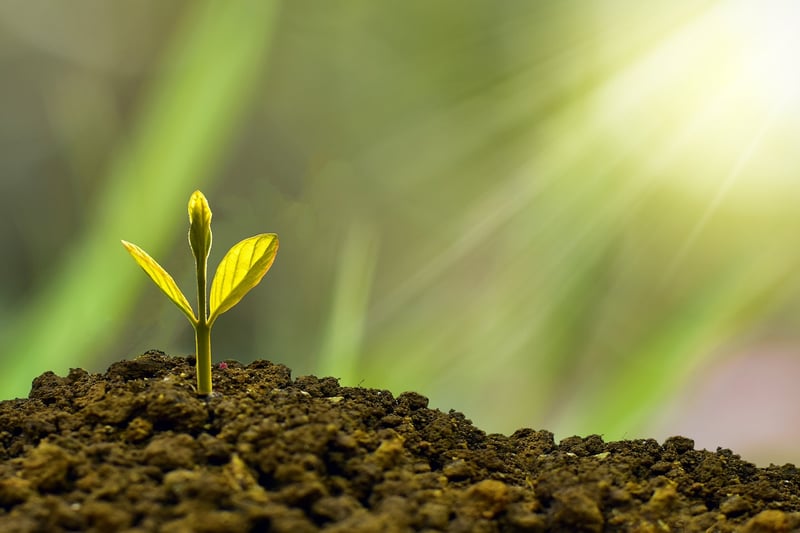
2. Watering
Overwatering or underwatering can be detrimental to plants. Water your plants according to their specific needs - some plants like to dry out between waterings, while others prefer consistently moist soil. Always check the soil moisture before watering.
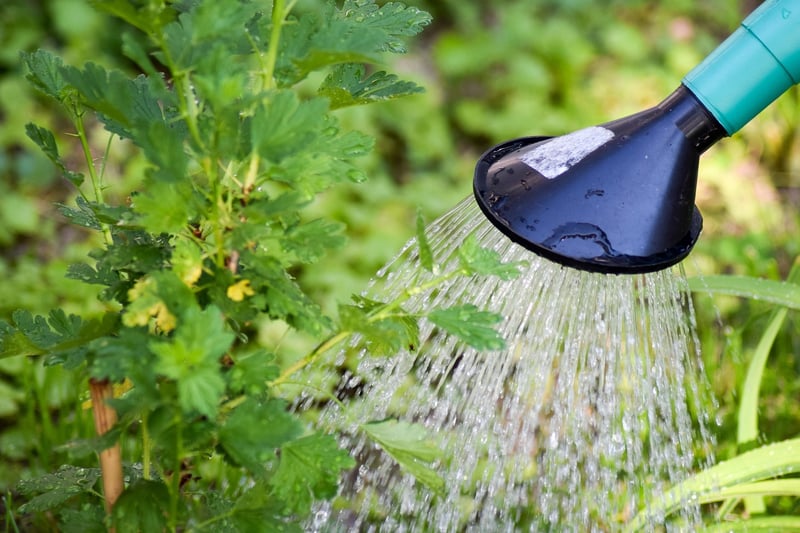
3. Humidity
Some plants, especially tropical varieties, thrive in humid environments. Increase humidity by misting the plants, using a humidifier, or placing a tray of water near them. Ensure good airflow to prevent mold growth.
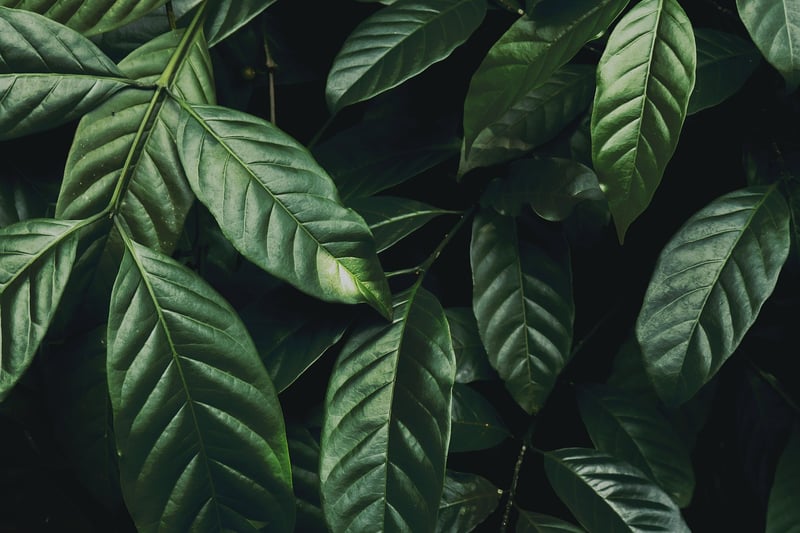
4. Fertilizing
Plants need nutrients to grow and flourish. Use a balanced fertilizer designed for indoor plants and follow the instructions on the label. Overfertilizing can be harmful, so it's crucial to apply fertilizer sparingly.
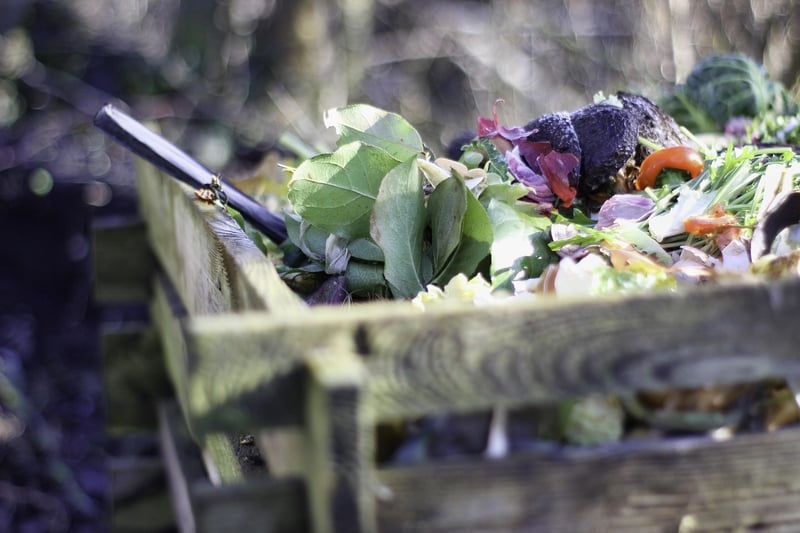
5. Pruning
Regular pruning helps plants maintain their shape, encourages new growth, and removes dead or diseased parts. Use clean, sharp pruners to make precise cuts, and always prune according to the plant's specific requirements.
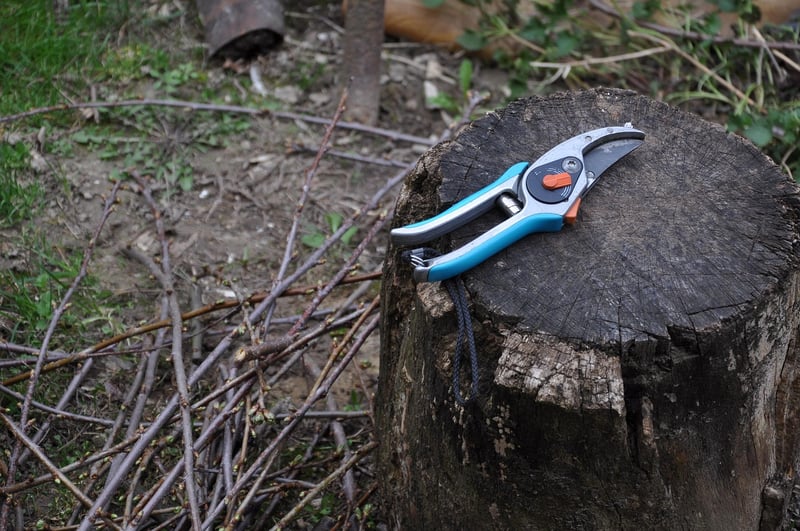
Troubleshooting Guide
1. Yellowing Leaves
Yellowing leaves can indicate overwatering, underwatering, nutrient deficiencies, or pests. Check the soil moisture, adjust watering, ensure proper fertilization, and inspect for pests to address the issue.
2. Wilting Plants
Wilting plants are often a sign of underwatering. Check the soil moisture level and water the plant accordingly. If the soil is soggy, it may indicate overwatering, leading to root rot.
3. Brown Tips on Leaves
Brown tips on leaves can result from underwatering, low humidity, or excess salts in the soil. Increase humidity, adjust watering practices, and consider repotting the plant with fresh soil to remedy the issue.
4. Pests Infestation
Common plant pests include aphids, spider mites, and mealybugs. Use insecticidal soap or neem oil to control pests, isolate infested plants, and regularly inspect your plants to catch infestations early.
Conclusion
By following these essential care tips and troubleshooting techniques, you can ensure your plants remain healthy, vibrant, and flourishing. Regular observation, proper watering, adequate light, and timely interventions can help you enjoy a thriving indoor or outdoor garden.
